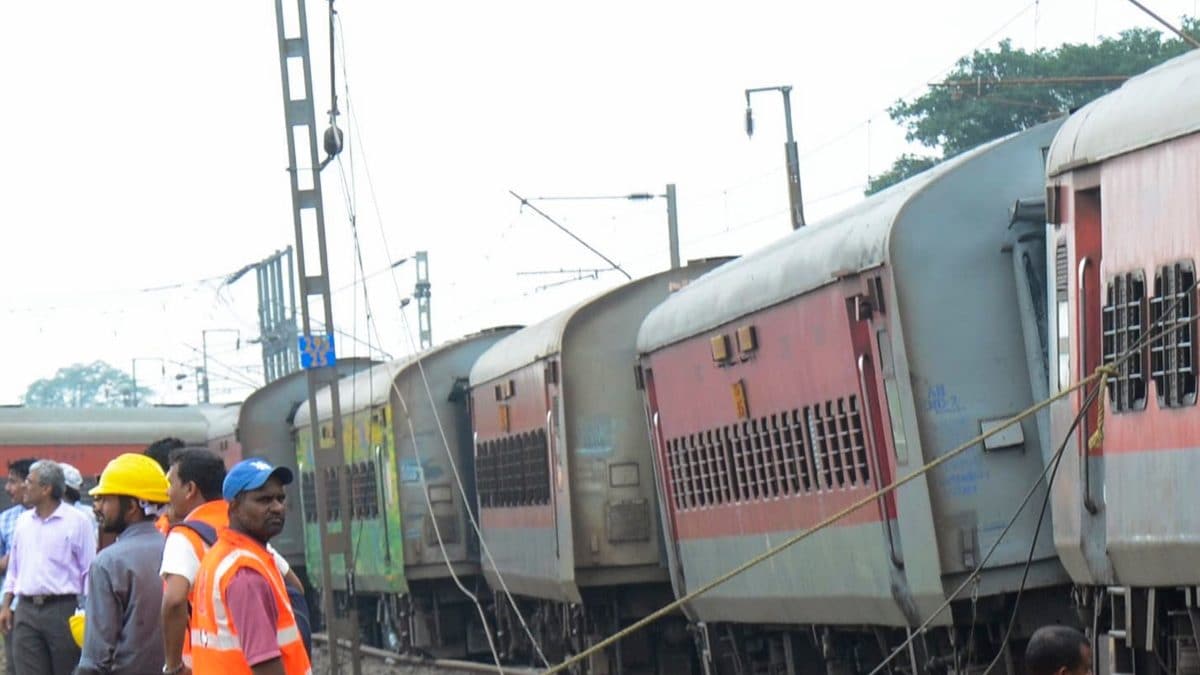The derailment of the Mysuru-Darbhanga Bagmati Express (Train No. 12578) near Chennai on Friday night was a significant event, causing widespread concern. While initial reports pointed towards potential sabotage, the National Investigation Agency (NIA) has ruled out any terror angle or deliberate act of destruction. This article delves deeper into the accident, examining the possible causes, response efforts, and the impact on rail services.
Technical Malfunction Points to Accident, Not Sabotage
The investigation conducted by the NIA suggests that the derailment was a result of a technical failure, rather than a malicious act. The agency’s sources have definitively ruled out any involvement of terrorist organizations or any prior intelligence warning suggesting a potential attack. The focus has shifted towards understanding the specific technical factors that led to the collision.
A Deeper Look at the NIA Investigation
The NIA, as part of their standard operating procedure, investigated the scene. They meticulously examined evidence to determine the cause of the derailment, leaving no stone unturned. Their findings, based on thorough analysis, revealed a lack of evidence supporting a terrorist plot or act of sabotage. The investigation team concluded that a technical issue likely led to the accident.
The Role of Signal Errors and Train Operations
While a specific technical malfunction hasn’t been publicly identified, early reports indicate potential signaling errors or miscommunication played a role in the incident.
Conflicting Signals and a Devastating Collision
According to Southern Railway General Manager RN Singh, the Mysuru-Darbhanga Express was incorrectly directed into a loop line, despite having signals for the main line. The loop line, where the stationary goods train was situated, resulted in a collision between the two trains. This suggests that a critical error in the signal system may have misled the driver into a dangerous route, ultimately leading to the accident.
Impacts and Response to the Derailment
The derailment of the Mysuru-Darbhanga Express had significant consequences. The incident led to disruptions in train services and injuries among passengers.
Immediate Response and Rescue Operations
The accident triggered an immediate response from the railway authorities. Rescue teams and emergency medical personnel reached the accident site quickly. The injured passengers were rushed to nearby hospitals for treatment. Fortunately, there were no fatalities.
Disruptions to Rail Traffic and Recovery Efforts
The collision caused widespread disruption to train services. Several trains, including the Dhanbad-Alappuzha Express and Jabalpur-Madurai Superfast Special Train, were diverted due to restoration work at the accident site. The Southern Railway’s engineering teams worked tirelessly to clear the wreckage, repair damaged tracks, and restore normal operations as quickly as possible. The efforts involved removing derailed coaches, restoring track lines, and ensuring safety measures were implemented before resuming train operations.
Takeaways
The Mysuru-Darbhanga Express derailment near Chennai serves as a stark reminder of the importance of maintaining robust railway infrastructure, implementing stringent safety measures, and promptly investigating accidents to prevent future occurrences.
- Safety Protocols: The incident underscores the crucial role of maintaining and improving safety protocols, including signal systems and driver training, in ensuring passenger safety.
- Techncial Investigation: Thorough investigation into the specific technical failure, such as signaling errors, is essential for preventing future accidents.
- Emergency Response: The prompt and efficient response to the accident, involving rescue efforts, medical care, and railway restoration, highlights the importance of well-coordinated emergency response systems.
- Importance of Public Information: Timely communication to the public about the incident, its cause, and the response efforts is critical for transparency and public reassurance.
- Continuing Oversight: The NIA’s thorough investigation, even in the absence of any indication of sabotage, emphasizes the importance of maintaining constant vigilance and comprehensive investigation into any serious railway incidents to learn from and prevent similar tragedies in the future.




